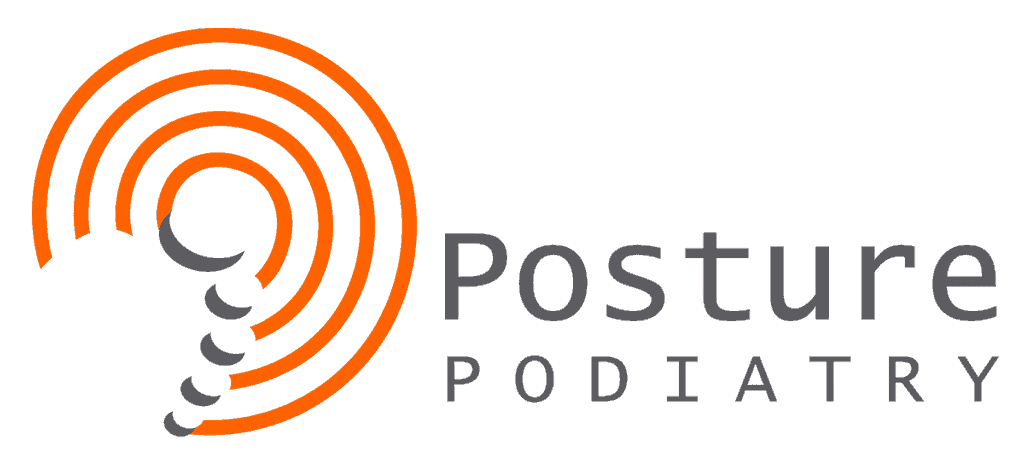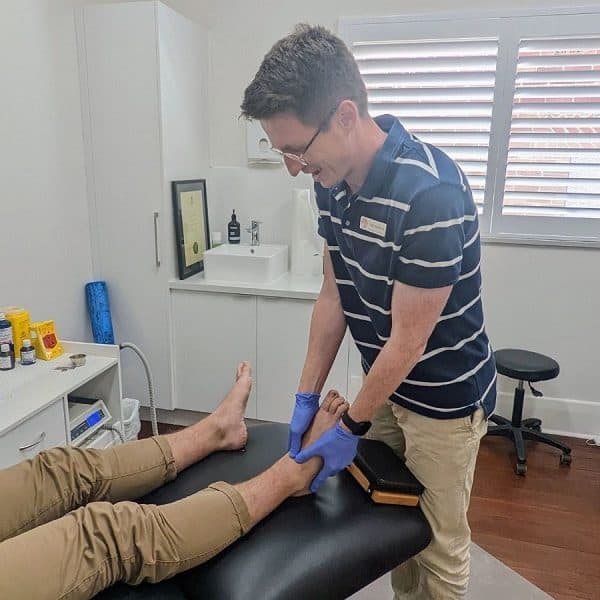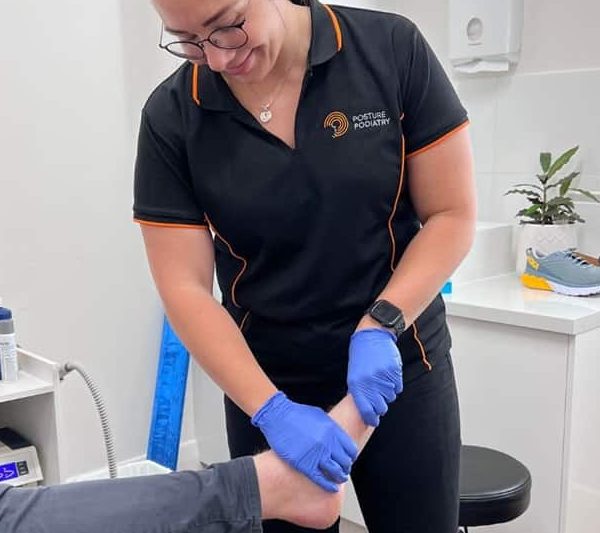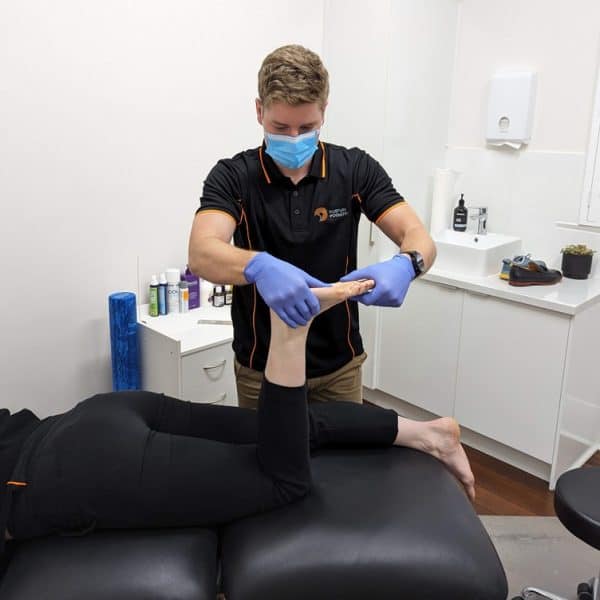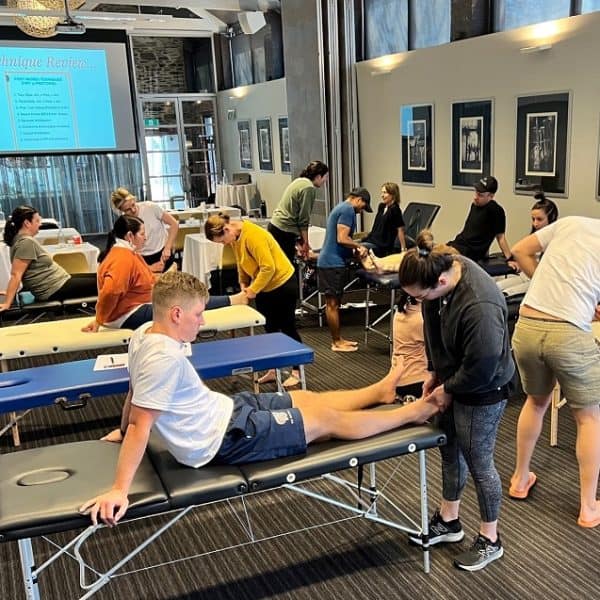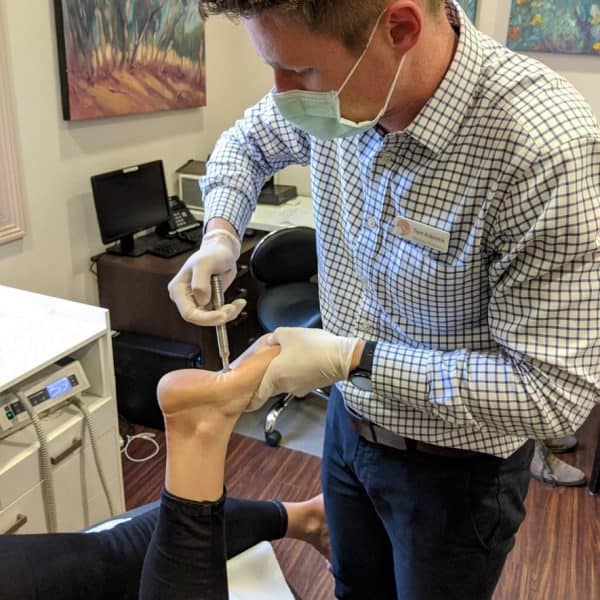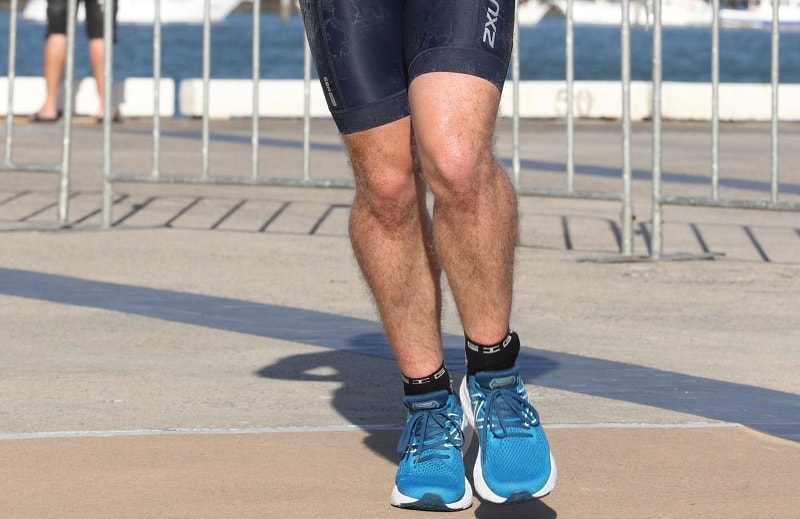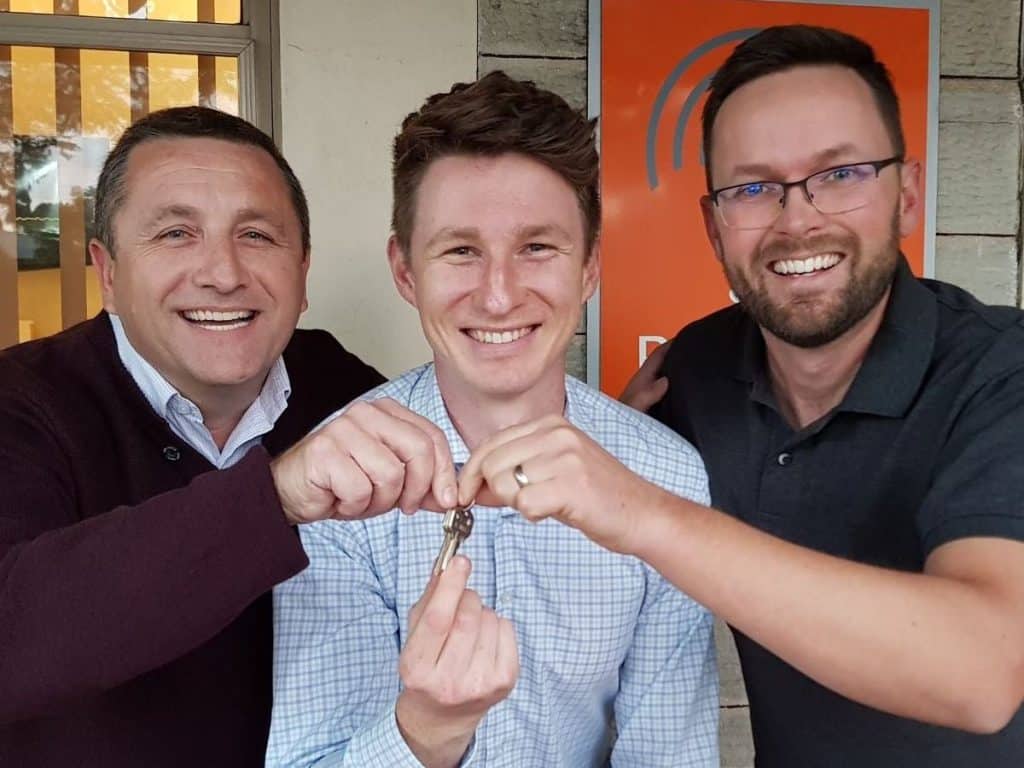Foot Mobilisation Therapy
Mobilisation and Manipulation therapy has been performed by allied health practitioners for decades. Foot mobilisation therapy can be essential for improving function and relieving foot and leg pain. It works by improving the mobility and congruency of joints in the feet, ankles and legs. This in turn allows muscles to work more efficiently around foot and leg joints.
This establishes better movement pathways and can help to relieve pain. Adelaide Podiatrists, Tom Kolesnik, Tess Carey & Will Duncan at Posture Podiatry, often use this type of manual therapy to gently mobilise joints to allow feet to function in their right place and within their normal range, and to help re-establish good muscle function.
Mobilisation can be a vital part of your overall treatment which ultimately leads to effective pain relief, better mobility and improved performance. It can also be helpful in improving foot function when foot orthotics are not entirely comfortable or tolerable.
What is Foot Mobilisation Therapy?
Foot mobilisation techniques (FMT) is a type of manual therapy which was specifically developed to improve foot and ankle function by targeting stiff, mal-aligned or dysfunctional joints. Specific mobilisation and manipulation movements are used to improve the function of the foot, ankles and lower limb. Joint mobilisation techniques focus on attaining a normal range of pain-free joint motion. This is achieved through gentle ‘hands-on’ techniques in conjunction with some stretching and strengthening exercises to achieve the best results.
Need an Adelaide Podiatrist with Foot Mobilisation Skills?
Call 8362 5900 or BOOK ONLINE 24/7 to see if we can help.
Physiologically, connective tissues always adapt to their shortest functional length. For example, with a broken arm, there is usually a period of immobilisation and the tissues are not stretched during this time. The objective of foot mobilisation is to release connective tissue restrictions that interfere with normal joint function. In essence, it removes interferences that prevent the body from healing.
What’s the difference between mobilisation and manipulation?
Mobilisation is defined as the passive application of a therapeutic force at a speed and force that can be overcome. This means that there is a slower movement of a joint in a specific direction.
Manipulation is the passive application of a therapeutic force at a speed and force that cannot be overcome. This involves a quick, but small thrust to a joint to improve its mobility.
Both can be useful techniques to address restrictions in joint mobility and assist with pain relief.
Need an Adelaide Podiatrist with Foot Mobilisation Skills?
Call 8362 5900 or BOOK ONLINE 24/7 to see if we can help.
How does joint mobilisation help my feet?
“Muscles are protectors”
Because muscles protect joints from further damage, they can actually further restrict joint movement which continues the cycle of compensation and pain.
We can break the cycle of pain by mobilising the joints, allowing muscles to function better.
The body is complex – There are 33 joints in each foot, 20 muscles in your lower leg, 20 muscles in each foot, chains of joints and muscles winding their way through your entire body.
… It is likely that with all this complexity the right messages are not getting through. By assessing the mobility of the joints in your feet, this can help to uncover the cause of your pain, and provide treatment to allow better communication between your joints and muscles.
There needs to be a shift in your function to allow you to get on top of things before completely losing it! Our podiatrists can assess the mobility of the joints in your feet to uncover restrictions and possible causes of pain. We can then provide treatment to allow better communication between your joints and muscles.
Need an Adelaide Podiatrist with Foot Mobilisation Skills?
Call 8362 5900 or BOOK ONLINE 24/7 to see if we can help.
What conditions could foot mobilisation therapy benefit?
Indications of when foot mobilisation could benefit include the presence of musculoskeletal symptoms, biomechanical compensations and limited joint range(s) of motion.
Musculoskeletal conditions which can benefit from mobilisation include:
Heel pain – Plantar fasciitis in adults and Sever’s disease heel pain in children
Ankle pain – Tibialis posterior tendinopathy, osteoarthritis, achilles tendonitis, ankle sprains/instability
Midfoot pain – arthritis (osteoarthritis), cuboid syndrome (pain along outer (lateral) part of foot)
Forefoot pain – Sesamoiditis turf toe, bursitis, neuroma, bunions, synovitis, capsulitis, plantar plate tear, claw/hammer toes
Knee pain – Patellofemoral syndrome, chondromalacia, ITB pain and medial/lateral ligament strain
Shin splints and shin pain
Flat/pronated feet
High arches
Foot mobilisation can also be very effective in releasing connective tissue restrictions to improve foot mobility and orthotic therapy outcomes.
Not all Adelaide Podiatrists offer foot mobilisation as a treatment option. This type of training is usually received following graduation as a podiatrist. All the podiatrists at Posture Podiatry undergo regular training updates to constantly improve and refine their foot mobilisation and manipulation skills.
Need an Adelaide Podiatrist with Foot Mobilisation Skills?
Call 8362 5900 or BOOK ONLINE 24/7 to see if we can help.
Will mobilisation or manipulation cause arthritis?
Mobilisation and manipulation will not cause arthritis. In fact, it is quite the opposite. Numerous studies have shown benefits in treating arthritis throughout the body through improving the mobility and range of motion of joints.
There is a theory as to why we hear a ‘pop’ noise. The ‘pop’ is thought to come from a process called cavitation where the gasses of the joint become compressed. It then forms a bubble under pressure which is released from the joint causing the sound. This release of gas will also cause a reduction of the contents in the joint space and may be associated with the extra movement.
When would Foot Mobilisation NOT be advised?
Foot mobilisation is contraindicated with:
- Suspected fractures
- Hypermobile joints
- Joint Coalitions
- Bony blockages
At the end of the day, everything works when it’s in the right place!
Need an Adelaide Podiatrist with Foot Mobilisation Skills?
Call 8362 5900 or BOOK ONLINE 24/7 to see if we can help.
